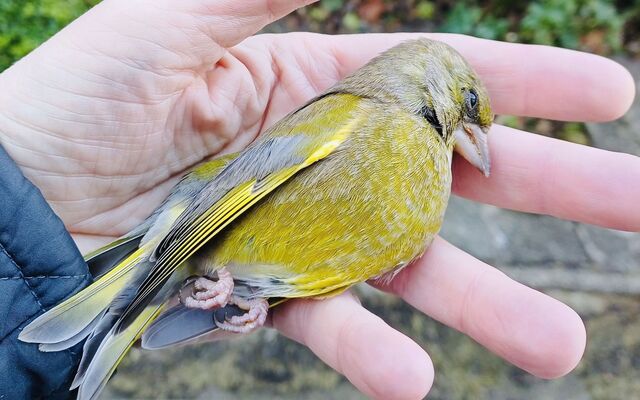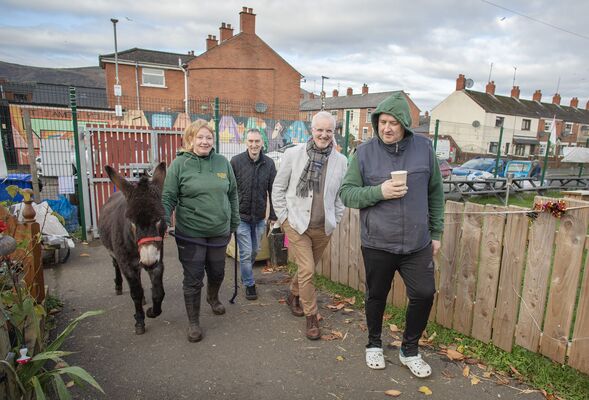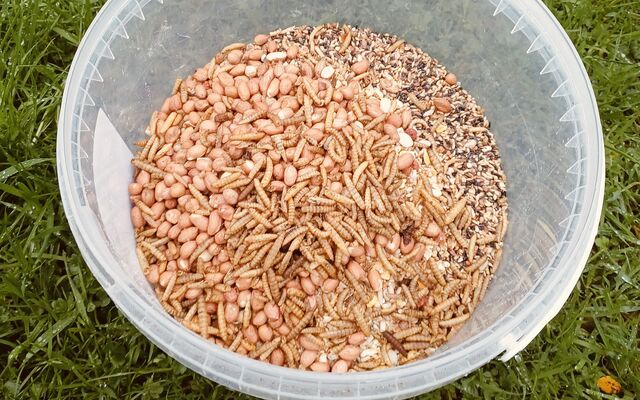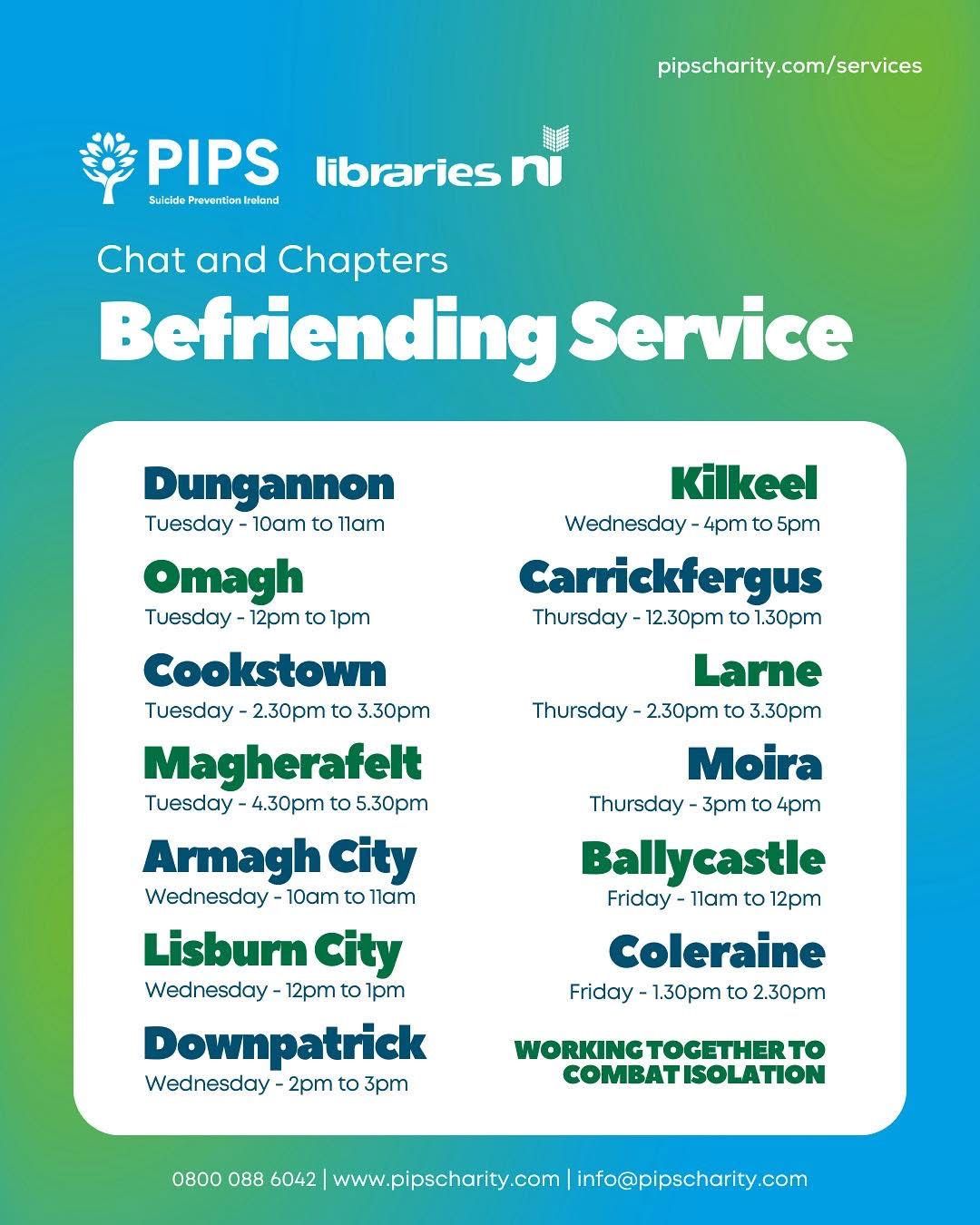THESE photos don’t do justice to what is an amazing sight. The lavender plants in Dúlra’s garden are like bee airports with all the coming and going. There are hundreds of bees buzzing around the pungent purple flowers at any one time – you’d need a video to truly appreciate it.
There’s so much happening it’s hard to focus your eyes on any one thing – it’s a constant movement, even when there’s not a breath of wind and the lavender isn’t swaying.
There are exactly 100 species of bee in Ireland, an uncannily round number that suggests divine intervention, and you’d think they were all feeding on Dúlra’s lavender.
Those lavender bees come in all shapes and sizes, from the giant bumblebee to tiny hornet-like insects. Identifying them is beyond Dúlra’s skillset – that’s a job for an apiologist: a bee expert.
It’s a wonder to behold, but in truth, it has Dúlra in a dilemma. Lavender isn’t native to Ireland, it belongs in the sun-kissed Mediterranean. People have upended Ireland’s ecosystem by introducing alien species, but surely gardeners should be given a special pass – they want variety and the biggest and brightest flowers no matter where they come from. And the bees certainly don’t seem to mind.
Lavender has been a popular plant with humans since at least Roman times, when it cost 100 denarii per pound, the same as 50 haircuts! It’s used in medicine, cooking and perfumes. There’s a farm in Wexford that grows lavender and it looks spectacular – the bees there must think they are in heaven!
One of the reasons why Dúlra’s lavender is being bombarded by bees just now is that our native plants have mostly given up, their flower heads turning into seeds. This newcomer plant from hotter climes gives them one last chance to stock up on nectar before they too have to bid a melancholy autumnal farewell.
This late heatwave has disguised the turning of the seasons for us – but not for every creature. The blazing sun of the last week wasn’t enough to convince our swifts to hang on and feed on the bounty of insects it produced. Swifts grace the Belfast skies for just 106 days every year and millennia of evolution means they don’t bend the rules. This year one pair nesting at renowned swift expert Mark Smyth’s house in Antrim laid a second clutch of eggs, something that had never been recorded before. It was the ultimate sign of health, but it wasn’t to end in success. The pull of migration was too strong for the parents and they abandoned their chicks after seven days. The blazing mid-August sun wasn’t enough for them to alter their life cycle, which has been hot-wired into their existence.
There he bees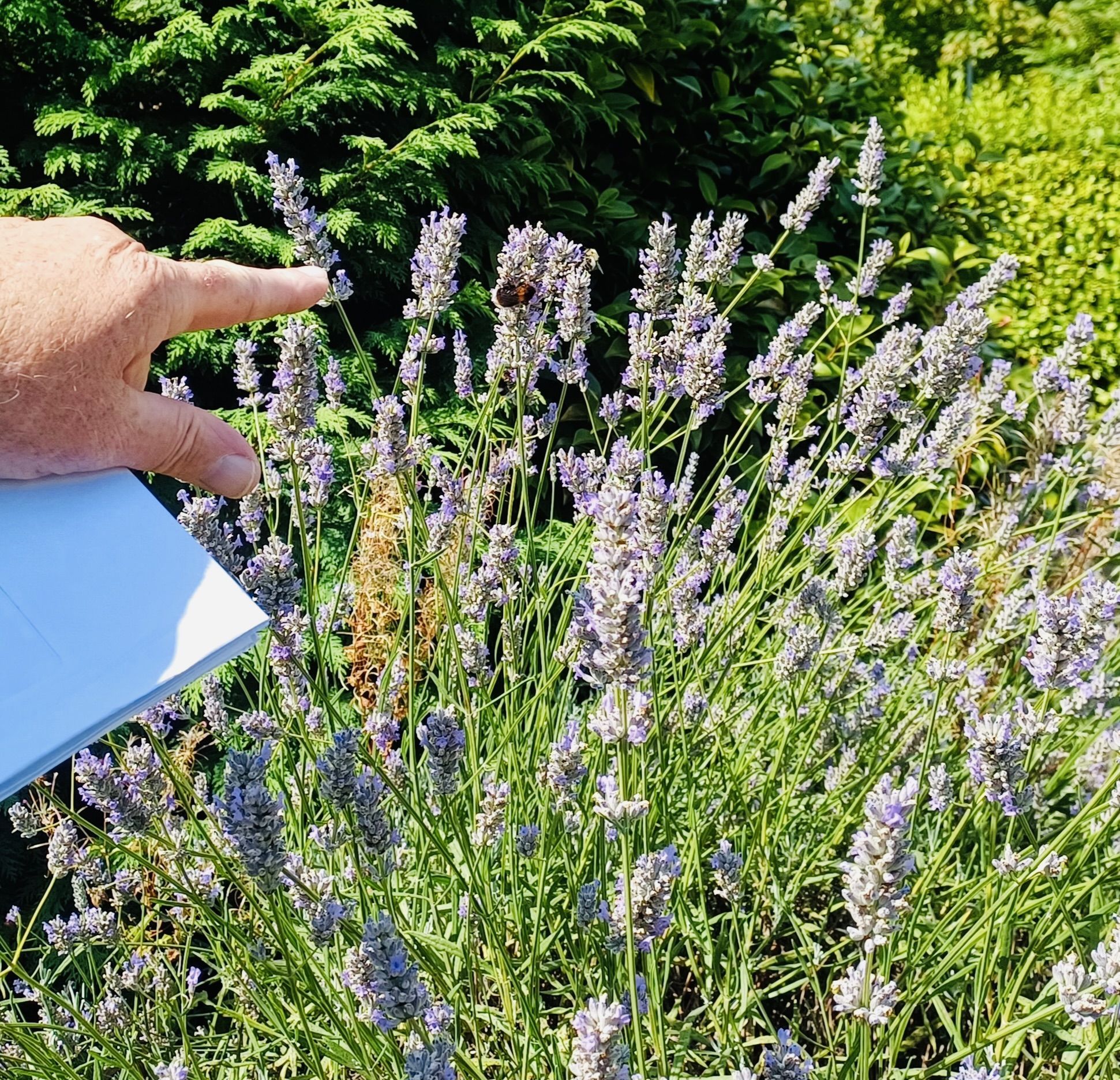
Dúlra once again didn’t manage to coax any swifts to nest at his home this year, despite annoying the neighbours by blasting out their call from morning to night. He had a few fly-bys, where swifts high up in the sky on their way somewhere else heard the calls and dipped down to investigate. But they didn’t stay.
Sometimes people who put up swift boxes and play their calls get lucky immediately, for other people it can take years. But Dúlra is here for the long haul. He’ll carefully pack away the sound system this week and, come next May, will take it out once more, full of hope that he’ll be able to give this magical and threatened bird a good home.
Even the lavender blooms will start to fade as the evenings creep ever closer and the first autumn chill touches the purple blooms. The bees’ last food source will disappear and they’ll accept the end of summer as they have always done.
Some of them will find somewhere safe to await the spring – maybe some will even find a hiding place beside Dúlra’s swift caller.
•If you’ve seen or photographed anything interesting or have any nature questions, you can text Dúlra on 07801 4140804.



